Education and Training Benefits
Why Training?
Providing continuing professional development (CPD) leads to better staff retention and increased staff satisfaction, as well as less emigration of healthcare professionals from the target country in search of training opportunities and adding qualifications. This results in reduced costs in the recruitment and on-boarding of new staff for hospitals. For public health authorities (e.g MoHs), more qualified healthcare workforce remains in the country.
According to a study by the Association for Talent Development, 40% of employees who do not receive the necessary job training will leave their position within the first year. Employers who offer comprehensive training programs have an average income per employee 281% higher than those who do not and a 24% higher profit margin. [1]
According to a study by the University of Surrey, giving nurses enough flexibility at work and looking after their training and professional development helped the NHS retain almost 1,700 more nurses and midwives. [2]
About 59% of nurses said that access to CPD was a factor that affected or influenced their decision to remain in their current employment. [3]
Training doctors to perform new procedures formerly not performed by the healthcare facility will bring in new patients. This will result in increased revenue and number of patients able to get treated (and better treated) in the country.
Training doctors or nurses helps them better perform clinical procedures and carry out processes more quickly and effectively. This leads to increased patient satisfaction and safety, improved quality leading to a better reputation of the healthcare facility, and increased revenue from more patients being treated per day.
Training technicians to be able to properly maintain equipment reduces the need to buy new equipment or carry out repairs. This leads to reduced costs for repairs/purchase of new equipment.
Example: Equipment lifetime will be reduced by a factor of 2 if no maintenance is carried out. [4]
More patients can be treated or diagnosed if the equipment is working due to proper maintenance by trained technicians. This allows for functioning patient care and increased revenue.
Использованная литература
- Association for Talent Development “Stats about CPD Illustrated”.
- Sayli, Melisa and Giuseppe Moscelli Jo Blanden Chris Bojke Marco Mello (University of Surrey) . “Do Non-monetary Interventions Improve Staff Retention? Evidence from English NHS Hospitals”. 2022.
- National Council for the Professional Development of Nursing and Midwifery. “Report on the Continuing Professional Development of Staff Nurses and Staff Midwives”. 2004.
- Mitchell, Caroline (The University of Sheffield). “A study to assess the impact of continuing professional development (CPD) on doctors’ performance and patient/service outcomes for the GMC.” 2013
- Access and Delivery Partnership (ADP) and PATH. “Value-based procurement of medical equipment”. 2020.

